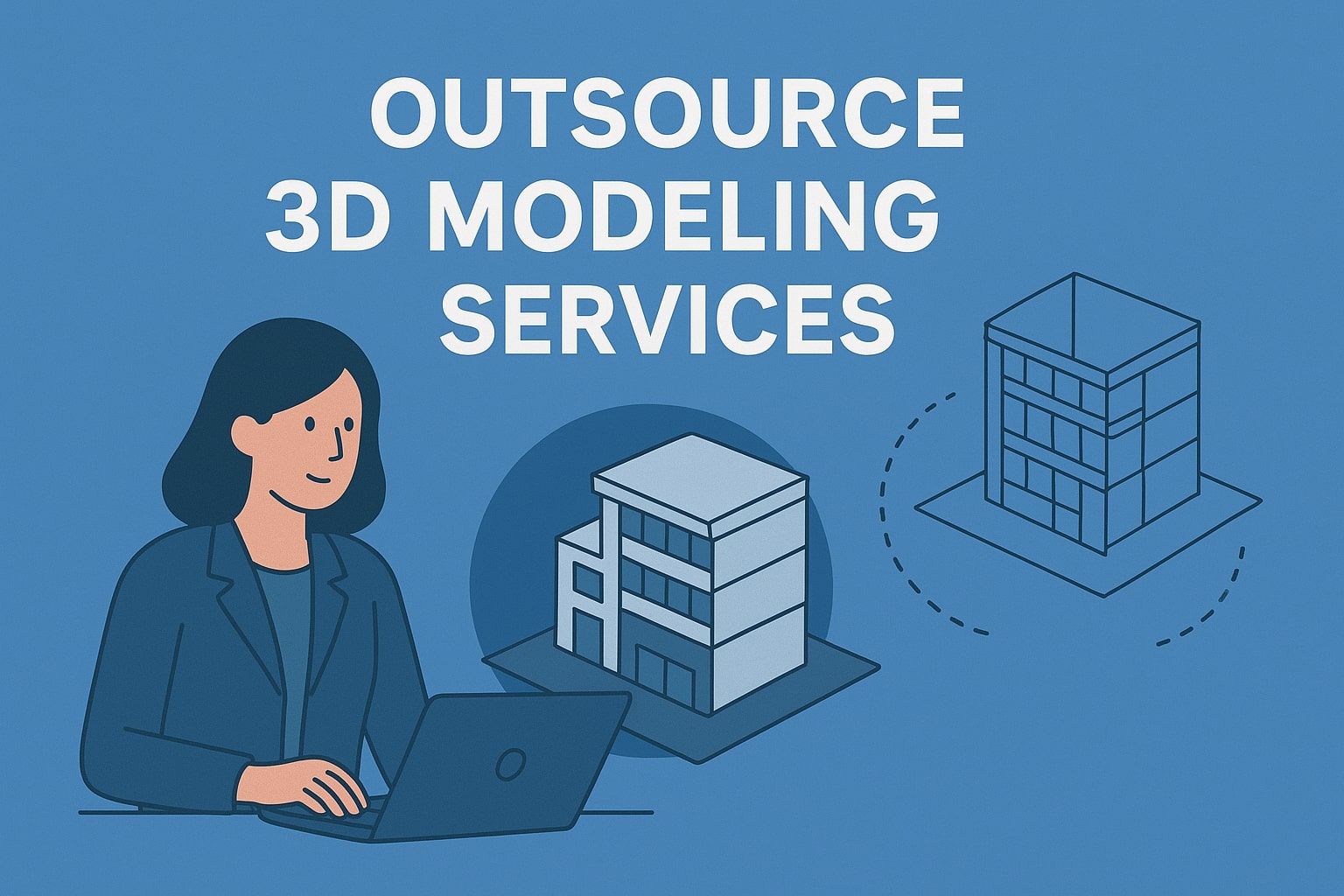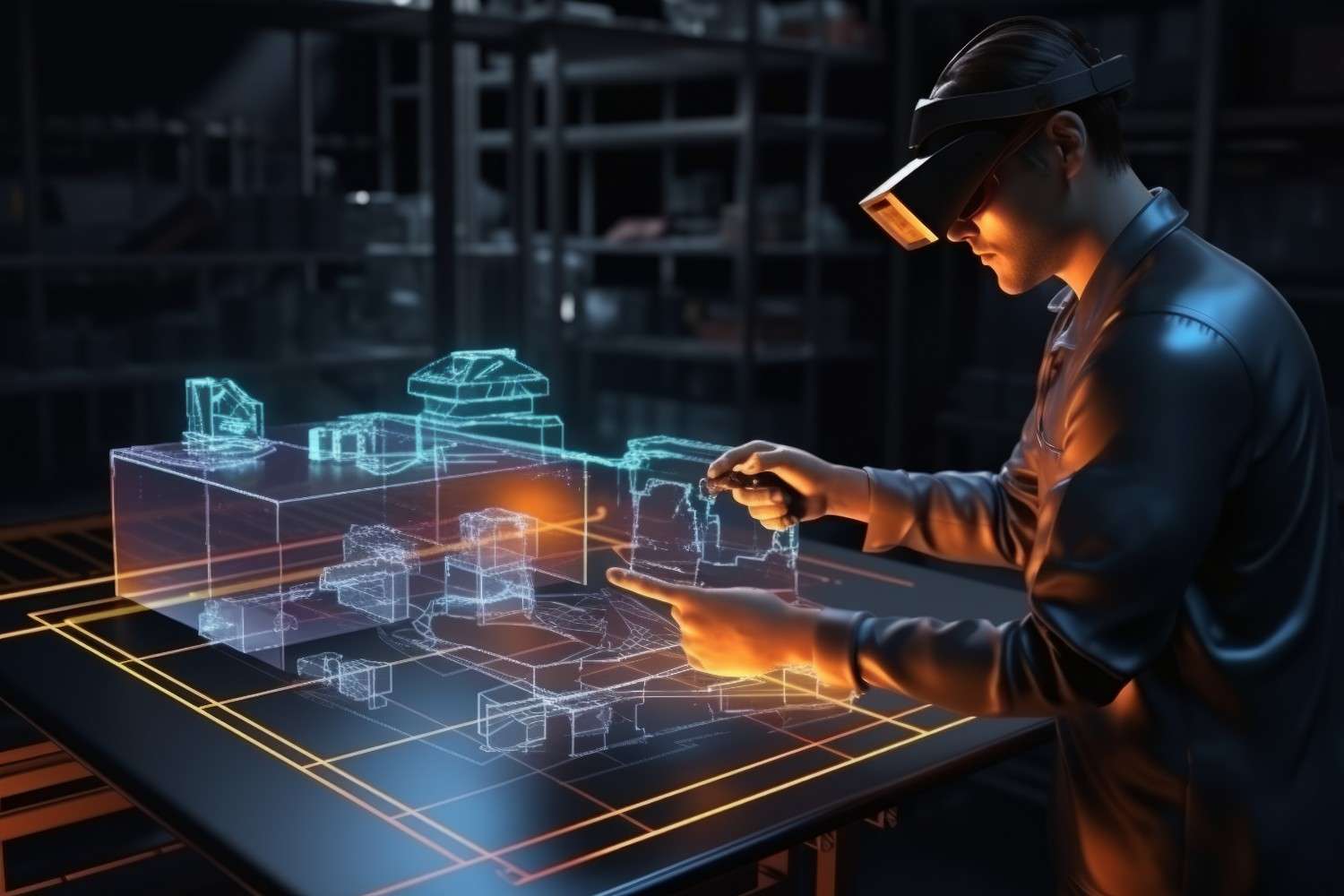The furniture industry has undergone a seismic shift, moving from glossy print catalogs and static showroom displays to dynamic, hyper-realistic digital storefronts. In this visually competitive e-commerce landscape, the quality of product imagery is the single most critical factor in driving sales and reducing returns. The strategic answer for forward-thinking furniture brands seeking speed, scale, and visual fidelity is to embrace Outsource 3D Modeling services.
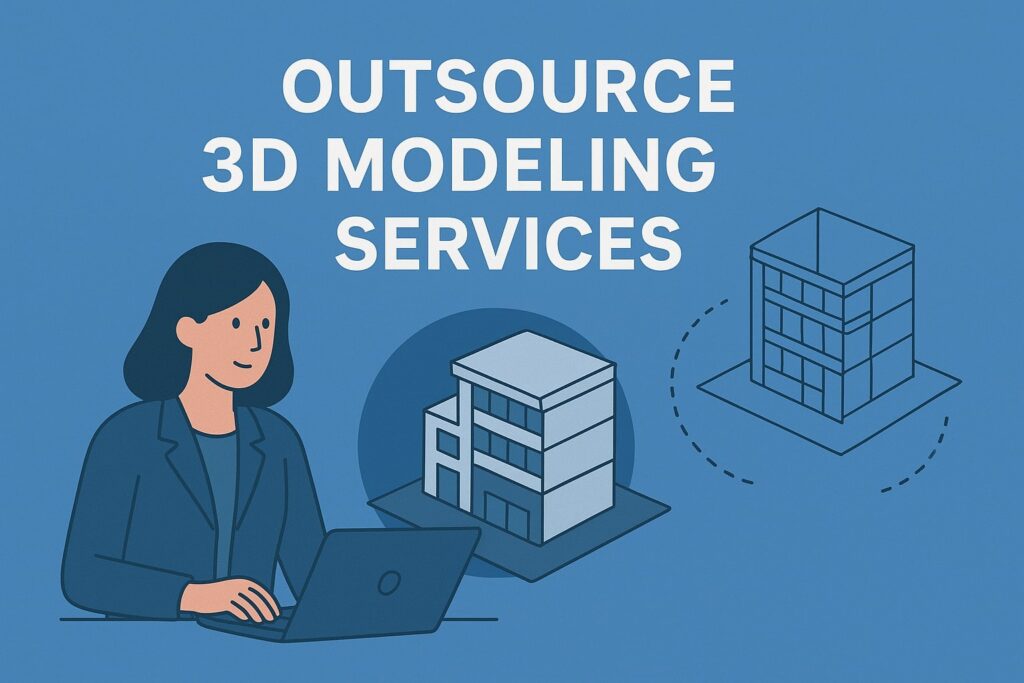
The decision to Outsource 3D Furniture Modeling has become the benchmark for operational excellence in the modern furniture business. This approach transforms the entire product visualization pipeline—from initial design concept to final customer interaction—making it faster, more flexible, and significantly more cost-effective than traditional photography.
This deep dive explores the compelling reasons why furniture giants and innovative startups alike are making 3D modeling and design the foundation of their catalogs and e-commerce strategies, focusing on the workflows that deliver measurable ROI, from stunning 3D Rendering to cutting-edge Augmented Reality – Virtual Reality experiences.
🚀 The Strategic Imperative: Beyond the Static Image
For decades, showcasing furniture meant a costly cycle of prototyping, staging, hiring photographers, and painstaking photo-editing for every single product variation, color, or material. This process was slow, expensive, and critically, non-scalable.
3D Product Design has emerged as the definitive solution. A single, high-fidelity 3D model becomes the master asset from which an infinite array of visual content can be generated. For a modern, digital-first furniture brand, outsourcing this process provides immediate and long-term competitive advantages.
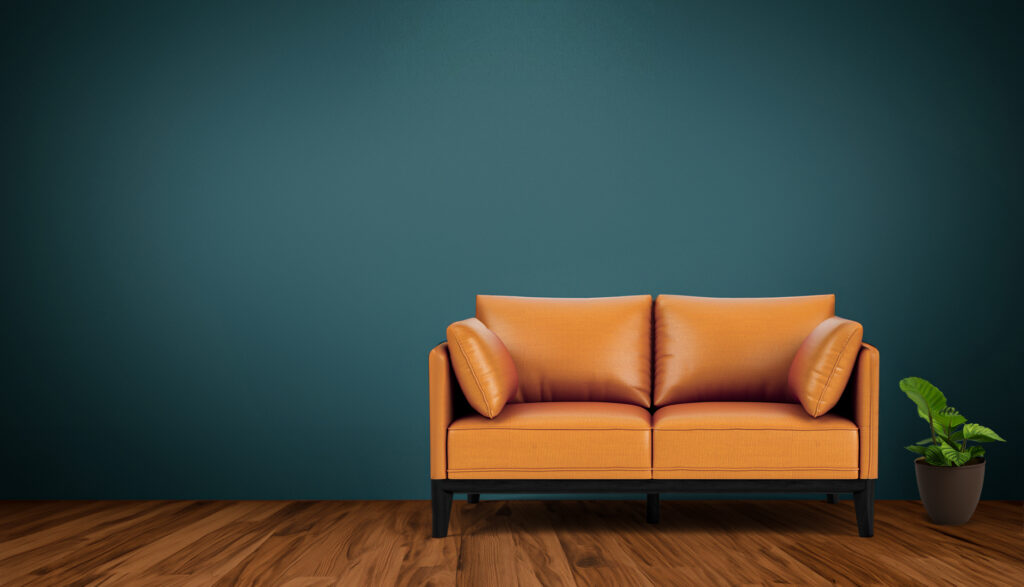
1. Unprecedented Cost-Efficiency and Speed-to-Market
The most compelling business case for outsourcing is the financial and operational gain.
- Eliminating Photoshoot Costs: Outsourcing Outsource 3D Furniture Modeling eliminates the need for expensive studio rentals, interior decorators, shipping products to a set, and a large crew. A single digital asset replaces hundreds of high-resolution photographs, drastically reducing the cost-per-visual.
- Scalable Production: A dedicated outsourcing partner can handle a massive catalog with consistency and speed, unlike a small, in-house team that quickly becomes a bottleneck. This is crucial for brands that need to launch hundreds of product variants quickly.
- Rapid Iteration and Customization: Changes to color, material (Texturing), or design can be made in minutes on a 3D model, a process that would require an entirely new, costly photoshoot in the traditional workflow. This flexibility accelerates product development and allows brands to offer unparalleled customer customization options.
2. Access to Specialized, World-Class Expertise
High-quality 3D Modeling and Design for furniture requires a highly specialized skill set. It’s not enough to be a generalist 3D artist; photorealistic furniture visualization demands a mastery of digital material physics, lighting, and topology optimization.
- Unmatched Skillset: Outsourcing firms are composed of artists and technicians who specialize exclusively in this domain. They possess deep expertise in translating physical fabrics, wood grains, and metal finishes into stunning, photorealistic 3D Rendering.
- State-of-the-Art Technology: Maintaining an in-house team means constant investment in cutting-edge software licenses and powerful hardware. Outsourcing provides instant access to the latest tools and established, efficient workflows without the capital expenditure.
- Focus on Core Competencies: By delegating the complex, technical work of visualization, a furniture brand’s internal team can focus on their core mission: design innovation, supply chain management, and high-level marketing strategy.
🛠️ The Core Workflows: From Wireframe to Photorealism
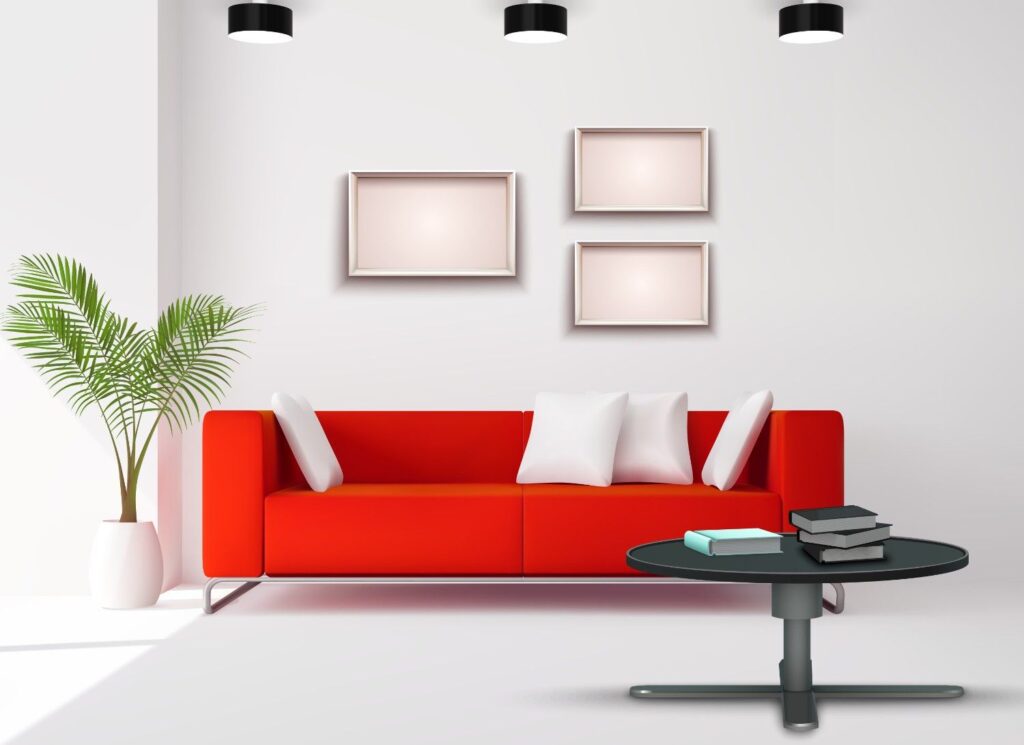
The power of Outsource 3D Modeling services lies in the structured, high-precision workflows that transform a design concept into a market-ready visual asset.
I. 3D Furniture Modeling and Texturing
The initial stage is the foundation. It begins with creating the perfect digital geometry of the furniture piece.
- Accurate Geometry: Artists use blueprints, CAD files, or product photos to build a low-poly or high-poly digital mesh that is dimensionally accurate. This precision is non-negotiable for e-commerce, where customers rely on the visual for scale.
- Mastering Texturing: This is where the model comes to life. Texturing involves applying physically accurate material maps—wood grain, fabric weave, leather sheen—to the model. A high-quality outsourcing team ensures the textures react to light exactly as they would in the real world, a critical factor for achieving true photorealism in the final render.
II. Photorealistic 3D Rendering
The next step is to transform the textured model into a breathtaking, marketing-ready image. 3D Rendering is the process of generating a 2D image from the 3D model, simulating real-world physics for lighting, shadows, and reflections.
- Virtual Staging and Lifestyle Imagery: Using techniques borrowed from 3D Architecture visualization, the furniture model is placed into a beautifully designed, 3D-rendered interior. This virtual staging is faster and cheaper than physical staging and allows for infinite creative control over mood, environment, and accessories, ensuring the visual perfectly targets the desired customer demographic.
- Silo Renders for E-commerce: Clean, white-background renders that showcase the product’s features clearly are essential for product pages. The 3D model can instantly generate these essential ‘silo’ shots for every product variant without the need for an expensive, separate session.
🔮 The Future of Retail: Immersive AR/VR Integration
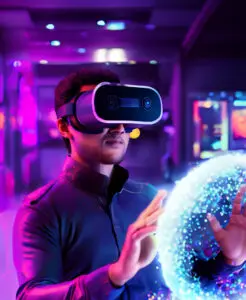
The true strategic value of a high-quality 3D asset is its versatility in emerging retail channels, particularly those involving Augmented Reality – Virtual Reality. For furniture, where size and fit are the biggest barriers to online purchasing, AR/VR is a game-changer.
Empowering Customers with Augmented Reality
- Virtual Try-Before-You-Buy (AR): The optimized 3D model can be deployed into an AR application (often web-based) that allows a customer, using their smartphone, to virtually place the furniture into their actual living room at true-to-scale. This eliminates purchase anxiety and uncertainty about fit, color, and design aesthetic.
- Direct Impact on Sales: Studies consistently show that customers who interact with a product via AR have significantly higher conversion rates and drastically lower return rates—a massive boost to profitability for online furniture retailers.
The Rise of Virtual Showrooms (VR)
- Immersive Shopping: High-fidelity 3D models can be used to construct a complete, photorealistic virtual showroom or store. Customers can navigate this digital space, view furniture collections in context, and interact with pieces in a way that truly mimics the in-store experience, all from the comfort of their home. This is the next frontier of 3D Product Design in e-commerce.
By outsourcing, brands ensure the 3D Modeling and Design of their products are optimized for the stringent technical requirements of these real-time, immersive platforms. This requires specific knowledge of poly-count reduction, efficient rigging, and material map baking—specialized skills a dedicated outsourcing team provides as standard.
✅ Conclusion: A Foundational Investment for Digital Growth
The decision to Outsource 3D Modeling services is a strategic move that positions a furniture brand for dominance in the digital retail space. It moves visualization from a costly, limiting necessity to a powerful, flexible, and scalable engine for growth.
By embracing specialized Outsource 3D Furniture Modeling expertise, brands gain cost-efficiency, faster time-to-market, infinite visual content variation, and a seamless pathway to high-conversion technologies like Augmented Reality – Virtual Reality. The master 3D model—born from a precision workflow involving detailed modeling, expert Texturing, and stunning 3D Rendering—is not just an image replacement; it is the foundational asset for all future e-commerce, marketing, and product development across all channels, from web catalogs to immersive 3D Architecture visualization for trade shows.
For any furniture brand serious about scaling their e-commerce success, the question is no longer if they should use 3D modeling, but when they will make the strategic decision to outsource to a specialist partner and truly unlock their digital potential.
❓ Frequently Asked Questions (FAQs)
1. What is the main difference between traditional photography and outsourced 3D Furniture Modeling ?
Outsource 3D Furniture Modeling replaces the need for a physical prototype and photoshoot with a single, highly detailed digital model. Traditional photography is expensive, slow, and requires a new shoot for every variant, while a 3D model allows for infinite, instant changes (color, material, environment) and costs significantly less per final visual asset.
2. How does 3D Rendering lower marketing costs for a furniture brand?
3D Rendering allows a brand to create limitless visual content—silo shots, lifestyle scenes, 360-degree views, and close-ups of Texturing—all from one digital file. This eliminates the high, recurring costs associated with studio rentals, set dressing, shipping products, photographers, and constant re-shoots.
3. What is the role of Augmented Reality – Virtual Reality in this workflow?
High-quality 3D models are the essential core for Augmented Reality – Virtual Reality experiences. AR/VR tools allow customers to virtually place the furniture into their own home (AR) or explore a full digital showroom (VR), dramatically increasing customer confidence, boosting conversion rates, and reducing costly product returns due to size or fit.
4. Is the quality of an Outsourced 3D Model comparable to a real photo?
Yes. Specialist Outsource 3D Modeling services use advanced software and master-level artists to apply physically based rendering (PBR) techniques. This ensures the final 3D Rendering is “photorealistic,” accurately replicating real-world lighting, reflections, and the specific material properties and Texturing of the furniture piece.
5. Beyond e-commerce, what other uses do these 3D assets have?
The master 3D asset is highly versatile. It is used for virtual prototyping in 3D Product Design, creating 3D Architecture visualizations for interior design clients, developing interactive product configurators, generating animations for social media, and creating high-resolution visuals for print catalogs.
6. How long does it take an outsourcing firm to create a 3D furniture model?
While complexity varies, a specialized Outsource 3D Modeling services partner can typically create a production-ready, high-fidelity Outsource 3D Furniture Modeling asset—complete with modeling, Texturing, and high-resolution 3D Rendering—significantly faster than the time required to design, prototype, ship, stage, and photograph a physical product. Turnaround times are a key factor in speeding up a brand’s go-to-market strategy.
